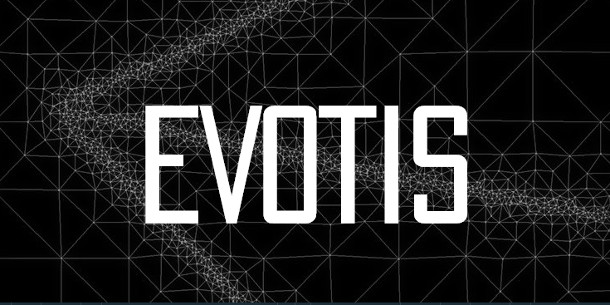Go Ghost unveils first ‘sub pixel sample compositor’

San Diego-based startup Go Ghost has announced Evotis, an intriguing new tool it describes as “the world’s first sub-pixel sample compositing system”.
The firm claims that its system makes use of the raw sample data used to generate a render to enable more accurate, more controllable composites than existing deep compositing techniques.
Works natively with Maya and Nuke
According to Go Ghost, Evotis slots into a standard Maya/Nuke compositing pipeline with very little set-up.
Rather than exporting an EXR file, users render a scene in the firm’s EVO format from either the Maya or standalone versions of Arnold or V-Ray using Go Ghost’s output plugins.
A separate file reader plugin then imports the EVO file into Nuke on Windows or Linux.
A file format ‘like RAW for visual effects’
Go Ghost describes the EVO format as being like camera RAW for visual effects.
The format preserves all of the ray and sample data used to generate a render, enabling more precise manipulation of the image than using the final pixels alone.
The system uses lossless GPU-based compression to generate files “only 20% larger than an EXR” without adding any render time.
Generate mattes with sub-pixel accuracy, and relight images without re-rendering
As well as being able to generate more precise mattes than standard or deep image compositing – and doing so automatically – the technology enables users to manipulate images in interesting ways as a post-process.
The example Go Ghost gives is removing an AOV from a single object in a scene without re-rendering.
According to the firm, “another major advantage is that it makes premultiplying/unpremultiplying irrelevant. This is particularly important for ‘data’ type passes, like Z-depth, UV, normals, and so on”.
Pipeline and hardware-agnostic
Outside of the Maya and Nuke integration, Evotis seems pretty much pipeline-agnostic.
As well as the plugins, there is also a standalone application for editing the EVO data or generating sets of EXR files from it (shown above): initially Windows-only, but with a Linux version to follow.
Native support for other 3D and compositing applications is also planned.
In addition, the APIs Evotis uses are “renderer agnostic”, the file structure is XML-based, and Python integration is planned. The system also makes use of OpenCL rather than CUDA, so it should run on any GPU hardware.
A proven record in production
Go Ghost’s key players have established pedigrees in VFX: founder Erik Anderson worked at Shilo, while CTO Brad Hunt’s resume stretches back to pioneering VFX movies The Last Starfighter and The Lawnmower Man.
The firm has also recruited veteran compositor – and former chief creative officer of stereoscopic conversion specialists Legend3D – Jared Sandrew as an advisory board member.
According to Go Ghost, Evotis itself is also currently in use in production at commercials house Logan.
Pricing and availability
Go Ghost says that it plans a “public reveal” of Evotis in summer 2016, but hasn’t announced pricing details or a release date yet.
Anyone interested in testing the software can apply to join the beta program via the firm’s FAQs page.
Read more about Evotis on Go Ghost’s website
Read more about the technology behind Evotis in the FAQs document
